PART 1: LUMBOPELVIC MOVEMENT
In the first installment of this 5 part blog series I will be discussing lumbopelvic movement. Everyone at some point has heard the phrase “core strength.” Everyone at some point has thought about what to do to have a stronger core. The internet search begins and just leads you in endless circles; you waste 3 hours and are minimally, if any, closer to figuring out how to “strengthen your core.” I will review the reason or goals behind all of the core strengthening, what the core is and how to utilize it, and how it relates to low back position and enhanced force transfer and muscle recruitment.
What is the core? Simply defined, it is the torso. Some people may try and tell you the core is your abs and obliques, but strength coaches and literature agree that the core is much more complicated than just your abs and obliques. Sure your abs/obliques are part of the core, but that is just the surface. Other muscles included are the lats, glutes, pelvic floor muscles, deep lumbar stabilizers, thoracolumbar fascia, quadratus lumborum, hip flexors, quads, spinal erectors, and hip rotators.
Lumbopelvic movement refers to the movement of the pelvis or lumbar spine and how it affects the other. If you extend the low back, forces change through the pelvis. If you posteriorly tilt your pelvis, your lumbar position changes. The graphic below illustrates this example well:
On the left you can see that the lumbar spine is in an extended position and the hip is in a flexed position. This is the anterior pelvic tilt. Conversely, the picture on the right shows the lumbar spine basically straight up and down which means it is in a flexed position (anatomical neutral for the lumbar spine is slight extension). The hip in the picture on the right is in a more extended position. This is the posterior pelvic tilt. Clearly, moving the pelvis affects lumbar position. Can you use that to your advantage? Yes, and it is your understanding of how to do so that will help you strengthen your core. In later installments of this blog series we will discuss how modifying your pelvic tilt can help with certain exercises, stretches, everyday movements, and overall back health.
Now that you know what a pelvic tilt is, can you execute one? Be careful how you answer, this is easier said than done. I believe the easiest way to teach the pelvic tilt is with the subject in the hook lying position (lying on your back with your knees bent):
In the top picture, the figure is performing a posterior pelvic tilt. Start in a relaxed posture and try to flatten your lower back to the floor without straining very hard. You should be able to do this without lifting you butt off the floor. If you have successfully done this then congratulation, you just performed a posterior pelvic tilt. This is only half of the equation!!! The anterior pelvic tilt (shown on bottom) is performed by starting in a relaxed posture and then arching your lower back as much as you can without lifting your butt off the floor.
PART 2: EXPLORING THE FUNCTIONAL RANGE
Now you know how to perform a pelvic tilt. This moves us to the second installment which is “exploring your functional range.” What the heck is the “functional range?” The functional range is the most one person can posteriorly pelvic tilt then moving to the most one person can anteriorly pelvic tilt. This WILL be different for EVERY SINGLE PERSON. Another cornerstone to the functional range is pain. If someone has low back pain or discomfort, then the functional range only applies to the excursion which is pain or discomfort free. If someone is extension intolerant then that person will be able to do a posterior pelvic tilt (lumbar flexion) and move to only as much anterior pelvic tilt (moving to neutral/extension) as he/she can tolerate without pain/discomfort. The opposite holds true to someone who is flexion intolerant.
Within this functional range every person has a MOST comfortable spot, the sweet spot, and the spot with the least pain/discomfort. If you have no pain/discomfort then your sweet spot is going to be as close to the exact midpoint between your posterior and anterior pelvic tilt as you can make it. This spot may change every set; it may change every position (standing, side lying, lying flat on back, standing with one leg up, on your hands and knees). It is important that you explore the full range to find your “sweet spot” so you can confidently say you are in the absolute best spot for you. After enough repetition, your body will be programmed to go right to your sweet spot in your various positions.
Why does getting to the optimal spot benefit me? The answer is obvious if you have low back pain; you will have less pain and be irritating the lower back less. If you don’t have pain, the answer lies in force transfer and muscle recruitment. When in your midpoint position, your lower back and pelvis are best equipped to handle compression and shear forces, as well as optimally transfer force through the lumbopelvic complex to the lower extremities and/or upper extremities. Better force transfer and less energy wasted in trying to control aberrant movement leads to a stronger core, bigger lifts, more efficient and less tiring daily tasks.
Stay tuned for the next installment where I will discuss how to stabilize your lumbar spine and pelvis in your optimal position!
References
Contreras, B. (2015). Current position statement on anterior pelvic tilt. Retrieved 3/18, 2016, from https://bretcontreras.com/current-position-statement-on-anterior-pelvic-tilt/
Vleeming, A., & Willard, F. (2010). Force closure and optimal stability of the lumbopelvic region. Los Angeles. pp. 23-31.



